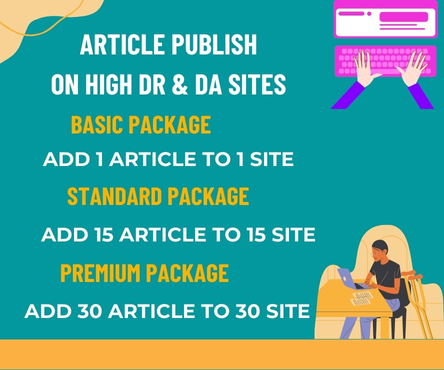In today’s rapidly advancing healthcare industry, hearing specialists are constantly seeking innovative ways to enhance patient care. One technology that has transformed audiology practices is the 3D ear scanner. This device offers precise ear measurements, improved patient comfort, and a more efficient workflow. Understanding why a 3d ear scanner is essential can help hearing specialists make an informed decision for their practice.
Precision and Accuracy in Ear Impressions
Traditional ear impression methods involve silicone or other molding materials. These processes can be uncomfortable for patients and often carry the risk of human error. A 3D ear scanner eliminates these concerns by providing highly accurate digital measurements of the ear canal. This precision ensures that hearing aids, custom ear molds, and protective devices fit perfectly. Accurate fittings not only enhance patient satisfaction but also reduce the likelihood of follow-up visits for adjustments.
Enhanced Patient Comfort
Patient experience is a critical factor in modern audiology practices. Many patients find conventional ear impression methods uncomfortable or even anxiety-inducing. With a 3D ear scanner, the process is non-invasive and quick. The device captures a detailed digital image of the ear in minutes, reducing stress and discomfort. Patients are more likely to return for follow-up appointments and recommend the clinic to others when their experience is positive.
Streamlined Workflow for Audiologists
Efficiency is key in any healthcare setting. A 3D ear scanner simplifies the workflow by producing digital files that can be shared instantly with hearing aid manufacturers. This eliminates delays caused by shipping physical impressions and allows audiologists to focus on patient care rather than administrative tasks. The digital workflow also reduces the risk of lost or damaged impressions and facilitates better record-keeping for future consultations.
Cost-Effectiveness in the Long Run
Although investing in a 3D ear scanner requires an upfront expense, it can save money over time. Reducing the number of impression errors and repeat fittings lowers material costs and staff hours. In addition, faster turnaround times for hearing aid production can increase patient throughput, ultimately improving revenue. Clinics that adopt this technology often experience higher efficiency and greater patient satisfaction, both of which contribute to long-term financial benefits.
Staying Ahead with Technology
Audiology is a field that evolves quickly with technological advancements. Incorporating a 3D ear scanner demonstrates a commitment to modern, high-quality care. Patients today are tech-savvy and value clinics that use the latest tools for comfort and precision. By embracing digital scanning technology, hearing specialists position their practice as innovative and patient-centered.
Conclusion
A 3D ear scanner is more than a modern gadget. It is an essential tool for any hearing specialist looking to improve accuracy, enhance patient experience, and streamline clinic operations. The investment provides long-term benefits by reducing errors, saving time, and improving patient satisfaction. Clinics that adopt this technology are better equipped to meet the demands of modern audiology and provide the highest level of care.

